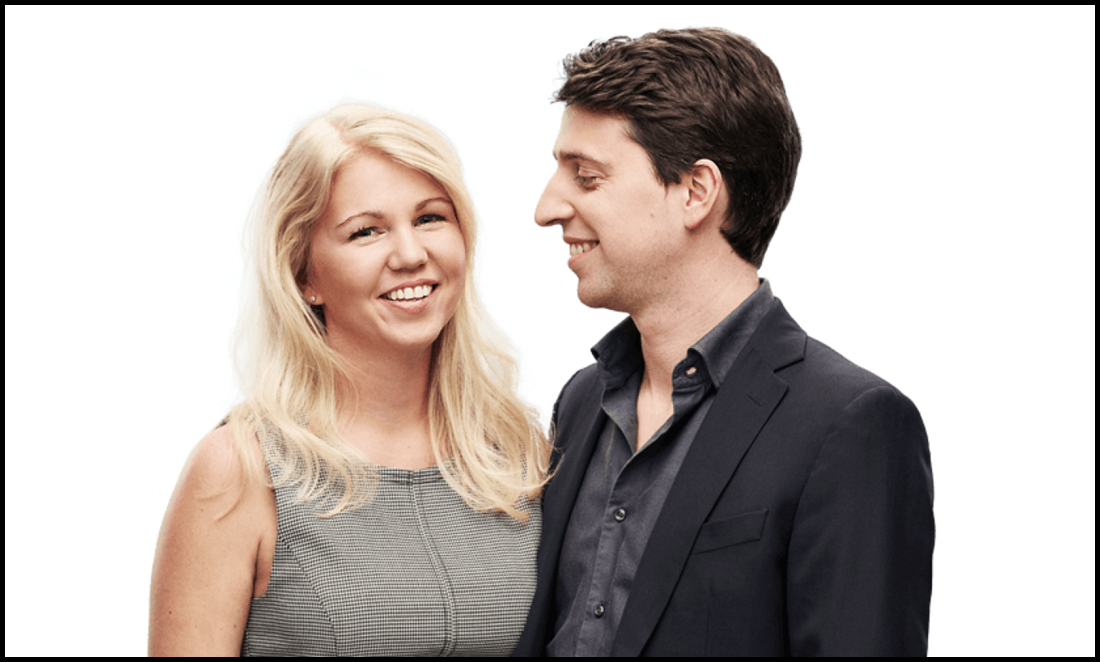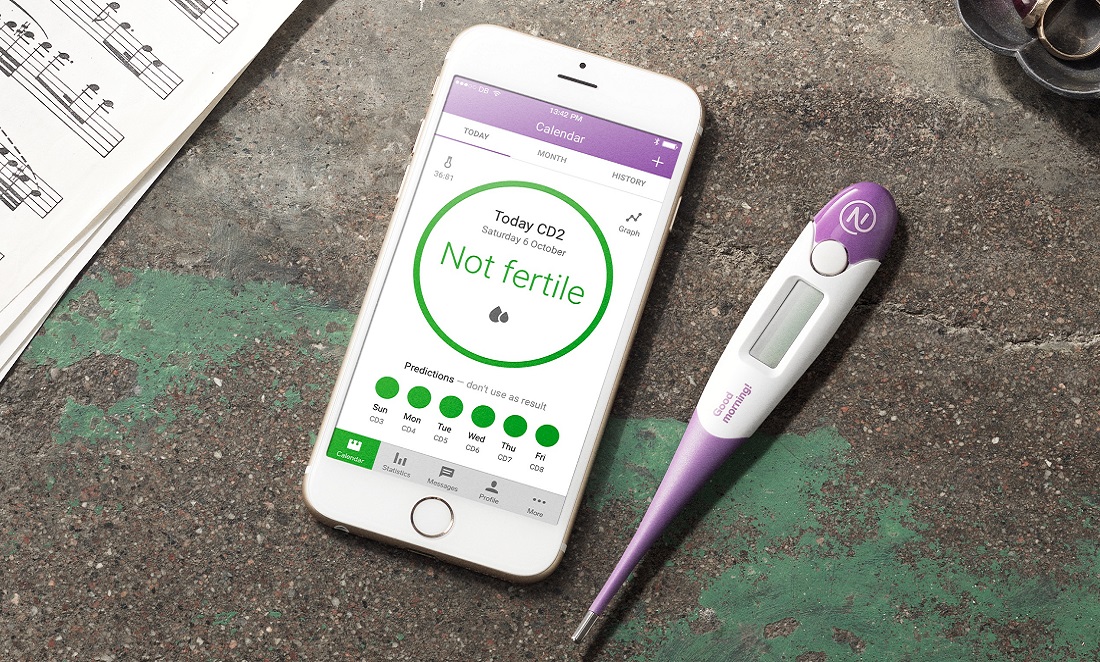Meet Dr Elina Berglund. She’s a particle physicist who was part of the Nobel prize-winning team at CERN that discovered the Higgs boson particle.
And what does Elina, a badass scientist, do when she’s in need of an effective, natural form of birth control? She writes an algorithm for herself. Obviously.
And of course, her algorithm turns out to be so badass, it’s as effective as the pill.
So what does Elina do next? She turns it into an app for women around the world to use.
Natural Cycles
This was the birth (see what I did there?) of Natural Cycles, a company Elina founded with her husband and fellow physicist Dr Raoul Scherwitzl.

According to their recently published study, the app is 93% effective with normal use and 99% effective with perfect use (the pill is 91% effective with normal use and 99% effective with perfect use). Natural Cycles is also the only app in Europe certified for use as birth control.
The app works by combining citizen science, data analysis and algorithms.
Every morning, users take their temperature with a special, clinical thermometer and input the data into the app. They also record the first day of their period. This data is used to determine when a user is ovulating and thus able to get pregnant. The app then advises when a user can have sex without getting pregnant.
The app can also be used for fertility and period tracking, which busy women know is an incredibly useful life hack.
And not only is it as effective as the pill, it’s cheaper and has no awful side effects.
Side effects? What side effects?
Late in 2016, a large Danish study found a link between depression and the use of hormonal contraceptives, such as the pill. Depending on age, they found there was up to an 80% chance of developing depression. The findings were significant as the dataset was massive: 1 million women over 13 years.
Most women knew about this link anecdotally—through their own experience or experience of their friends. However, this was somehow the first time birth control’s connection with depression was reflected in the research—despite the pill being in use for more than 65 years.
The research went viral, with women expressing feelings of validation all over the internet.
And more serious side effects are also emerging. Most recently, another Danish study reported women using the pill were 20% more likely to develop breast cancer.

Hormonal contraceptives, including the pill have been linked to depression.
Artefacts have politics
The contrast between Natural Cycles and hormonal birth control provides an important reminder that science is not always neutral. Like any human activity, science and technology can be influenced by human biases and beliefs.
For example, Facebook may seem like a neutral technology, but in reality, the site’s design was shaped by CEO Mark Zuckerberg’s beliefs about identity (a design, incidentally, whose side effects also seem to be depression.)
Diversity matters beyond doing the right thing
Put another way, Natural Cycles is a demonstration of why we need diversity in science and technology.
Imagine the 1950s, back when the pill was originally being developed in the US. Women had nearly no voice in science, technology medicine or politics. Indeed, American women had only been granted the right to vote just 30 years earlier.
It’s perhaps not a surprise that from this cultural milieu emerged a birth control solution that was not ideal for women.
Holly Griggs-Spill, author of Sweetening the Pill, reported that the male researchers behind the pill considered a male contraceptive but rejected it “due to the number of side effects, including testicle shrinking”. Their conclusion was that women were more likely to put up with terrible side effects, because men expected a “better quality of life”.
Imagine if Elina Berglund and a team of women like her had been around back then.
Better late than never, right?









